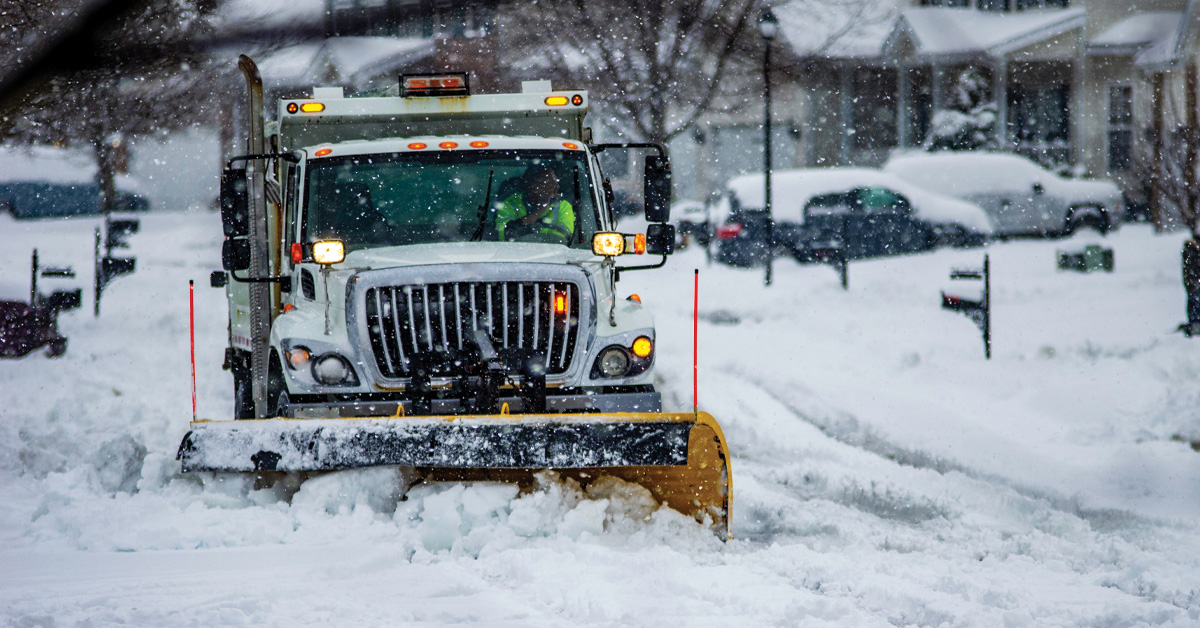Historical Context

July snowfall philadelphia airport – Snowfall in July at Philadelphia Airport is a rare occurrence. Historically, there have been only a handful of such events on record.
Bro, did you know that in July, it snowed at the Philadelphia airport? That’s crazy, right? I mean, it’s summer! But hey, speaking of crazy stuff, have you heard about Peter Navarro ? He’s this dude who used to be Trump’s trade advisor, and he’s got some wild ideas.
Anyway, back to the snowfall. It’s like, what’s next? Raining money? I wouldn’t mind that, though.
The most recent July snowfall event occurred on July 20, 1945, when 0.1 inches of snow was recorded. Prior to that, the only other known July snowfall event occurred on July 22, 1883, when a trace amount of snow was recorded.
Sobat ambyar, pernah denger nggak kalau di Philadelphia itu pernah turun salju di bulan Juli? Langka banget kan? Nah, gara-gara itu, gue jadi kepikiran sama Presiden Joe Biden yang lagi kena joe biden covid. Eh, tapi ngomong-ngomong, salju di Philadelphia itu katanya cuma berlangsung beberapa menit aja.
Ya udahlah, nggak usah dipikirin. Yang penting, kita tetap jaga kesehatan ya, biar nggak kayak Pak Biden.
Frequency and Intensity
The frequency and intensity of July snowfall events in Philadelphia are significantly lower compared to other months. During the winter months (December through February), snowfall events are much more common and can often produce significant accumulations.
The average annual snowfall in Philadelphia is 22.4 inches, with the majority of that snowfall occurring during the winter months. In contrast, the average July snowfall is less than 0.1 inches.
Significance
July snowfall events in Philadelphia are considered significant because they are so rare. They serve as a reminder of the unpredictable nature of weather and the fact that even in the warmest months, snowfall is still possible.
Meteorological Factors

Contrary to its name, the “City of Brotherly Love” isn’t immune to a wintery surprise in the middle of summer. In July 2013, the Philadelphia Airport experienced a bizarre phenomenon: snowfall. Understanding the meteorological factors behind this unusual event requires a dive into the world of weather patterns, air temperature, humidity, and atmospheric pressure.
Air Temperature and Humidity
Snowfall, by definition, requires temperatures cold enough for water vapor to freeze into ice crystals. During the July snowfall event, the temperature at the airport dropped to a record-breaking 37°F (2.8°C). This drastic temperature decrease was caused by a cold front that swept through the region, bringing with it a mass of cold air.
Humidity also plays a role in snowfall. When the air is saturated with water vapor, it can’t hold any more moisture. This excess moisture condenses into clouds and eventually falls as rain or snow. In the case of the July snowfall, the air was unusually humid, providing ample moisture for the formation of snowflakes.
Atmospheric Pressure and Weather Patterns
Atmospheric pressure, the weight of the air above a given point, affects the formation of clouds and precipitation. Low-pressure systems, characterized by rising air, create conditions favorable for cloud development. During the July snowfall event, a low-pressure system moved over the Philadelphia area, lifting warm, moist air into the atmosphere where it cooled and condensed into clouds.
Cold fronts, boundaries between cold and warm air masses, can also trigger snowfall. As the cold front advances, it pushes the warm air upward, causing it to cool and condense. This process can lead to the formation of clouds and, if the temperature is low enough, snowfall.
Impacts and Implications: July Snowfall Philadelphia Airport
The occurrence of snowfall in July at the Philadelphia airport is a rare and disruptive event that can have significant impacts on airport operations, the economy, and the social and environmental landscape.
The most immediate impact of July snowfall is the disruption of airport operations. Flight delays and cancellations become inevitable as snow accumulates on runways and aircraft, affecting both incoming and outgoing flights. This can lead to inconvenience and frustration for passengers, as well as financial losses for airlines and the airport itself.
Economic Consequences, July snowfall philadelphia airport
The economic consequences of July snowfall can be far-reaching. The disruption of airport operations can have a negative impact on businesses that rely on air travel, such as tourism, hospitality, and trade. Additionally, the cost of snow removal and de-icing operations can strain the airport’s budget.
Social and Environmental Implications
July snowfall can also have social and environmental implications. The disruption of transportation can make it difficult for people to get to work, school, or other important appointments. Snowfall can also pose hazards for wildlife, as animals may struggle to find food and shelter in unfamiliar conditions.